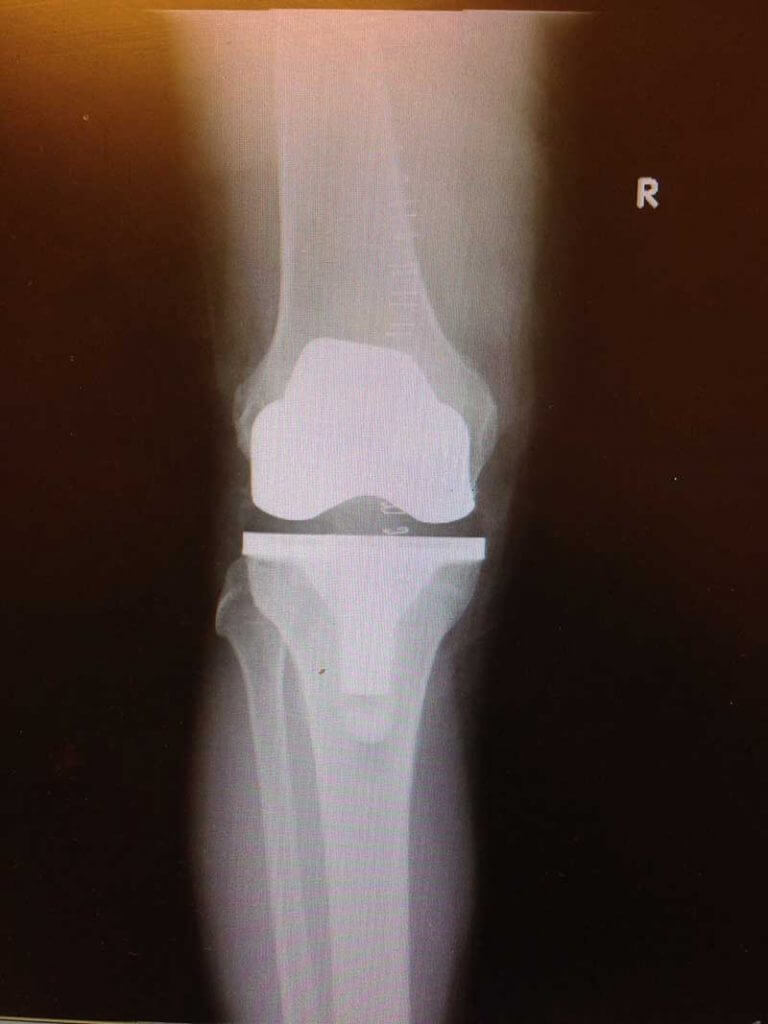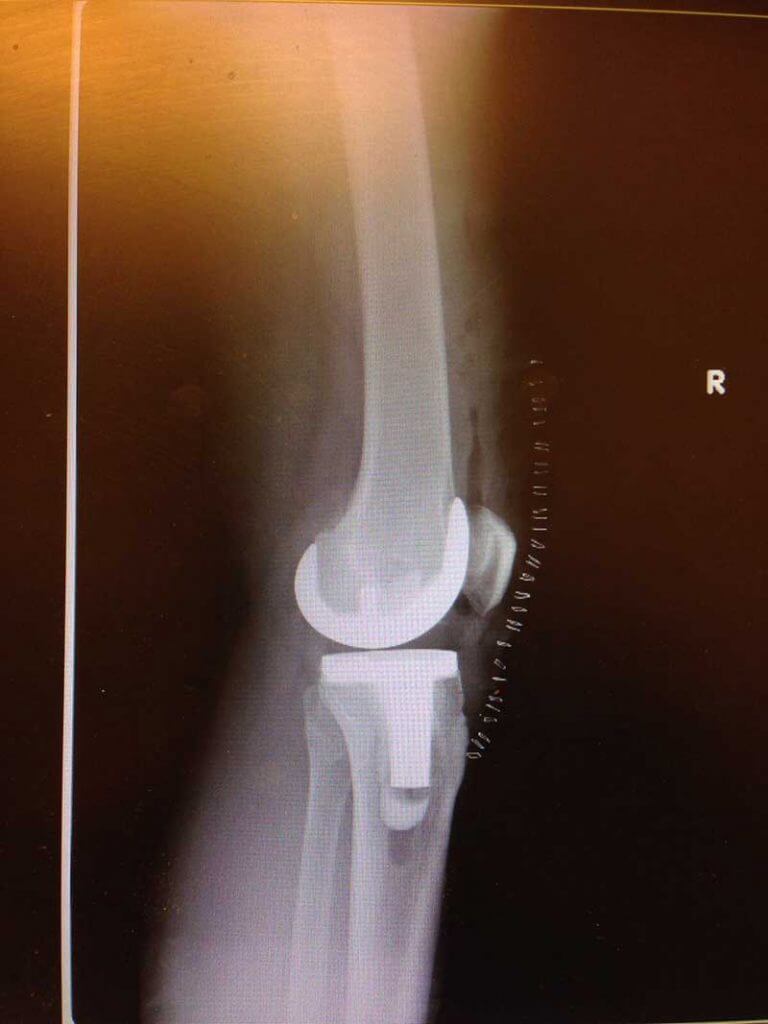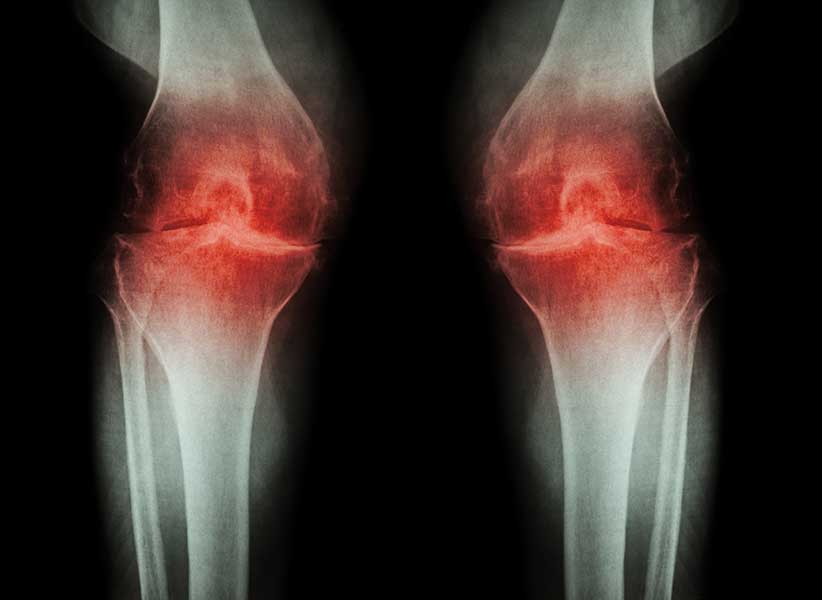If other conservative medications and treatments are not warranted in your condition, or they have not improved your condition significantly, Dr. Suzanna Horovitz may recommend you to undergo a knee replacement surgery, which might improve significantly your quality of life, and allow you to return to an active life and to your daily activities, which you enjoy.
In a knee replacement, the diseased or malformed knee joint is substituted by an artificial joint called an implant, designed to move like a human healthy knee joint.






